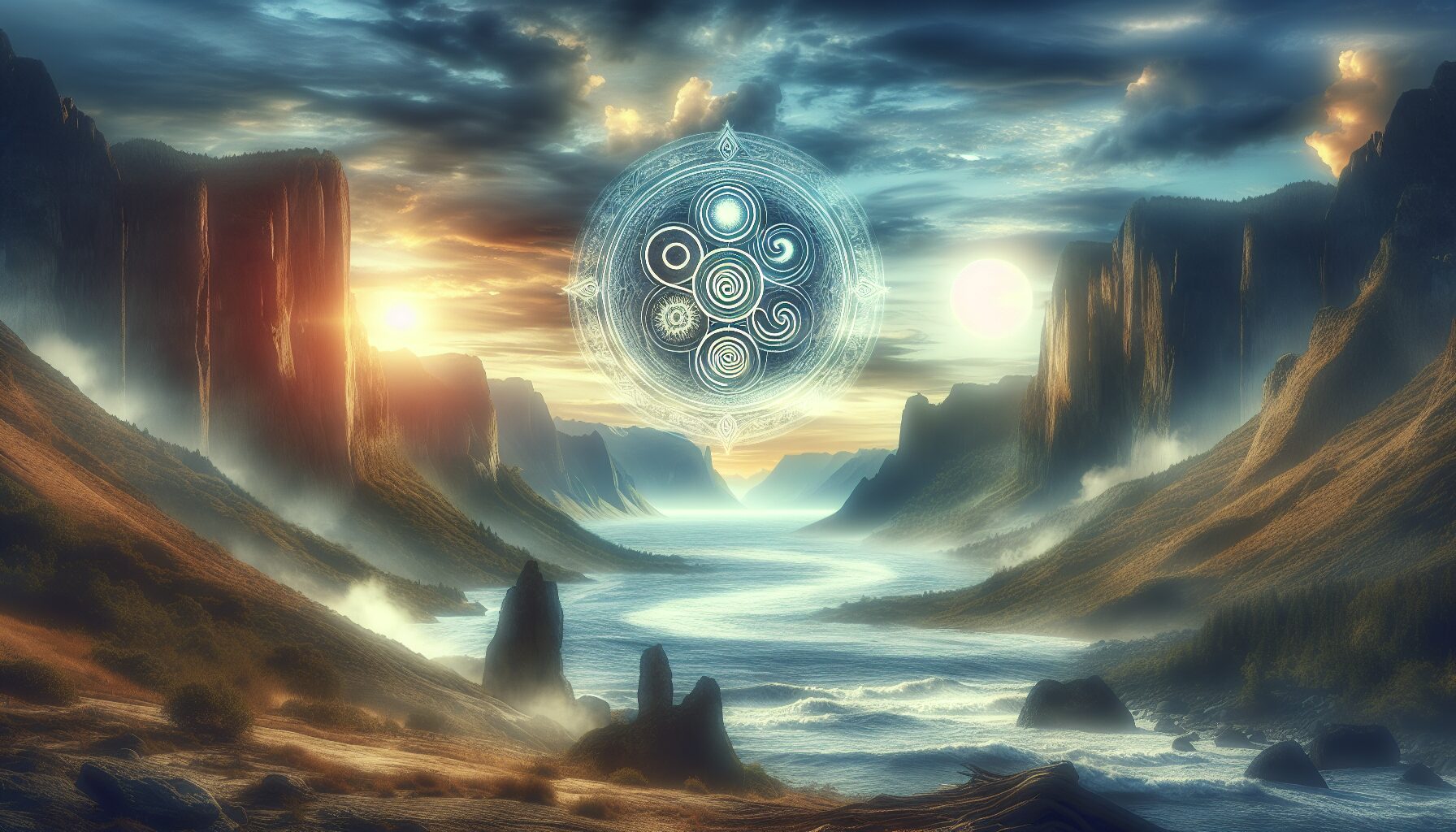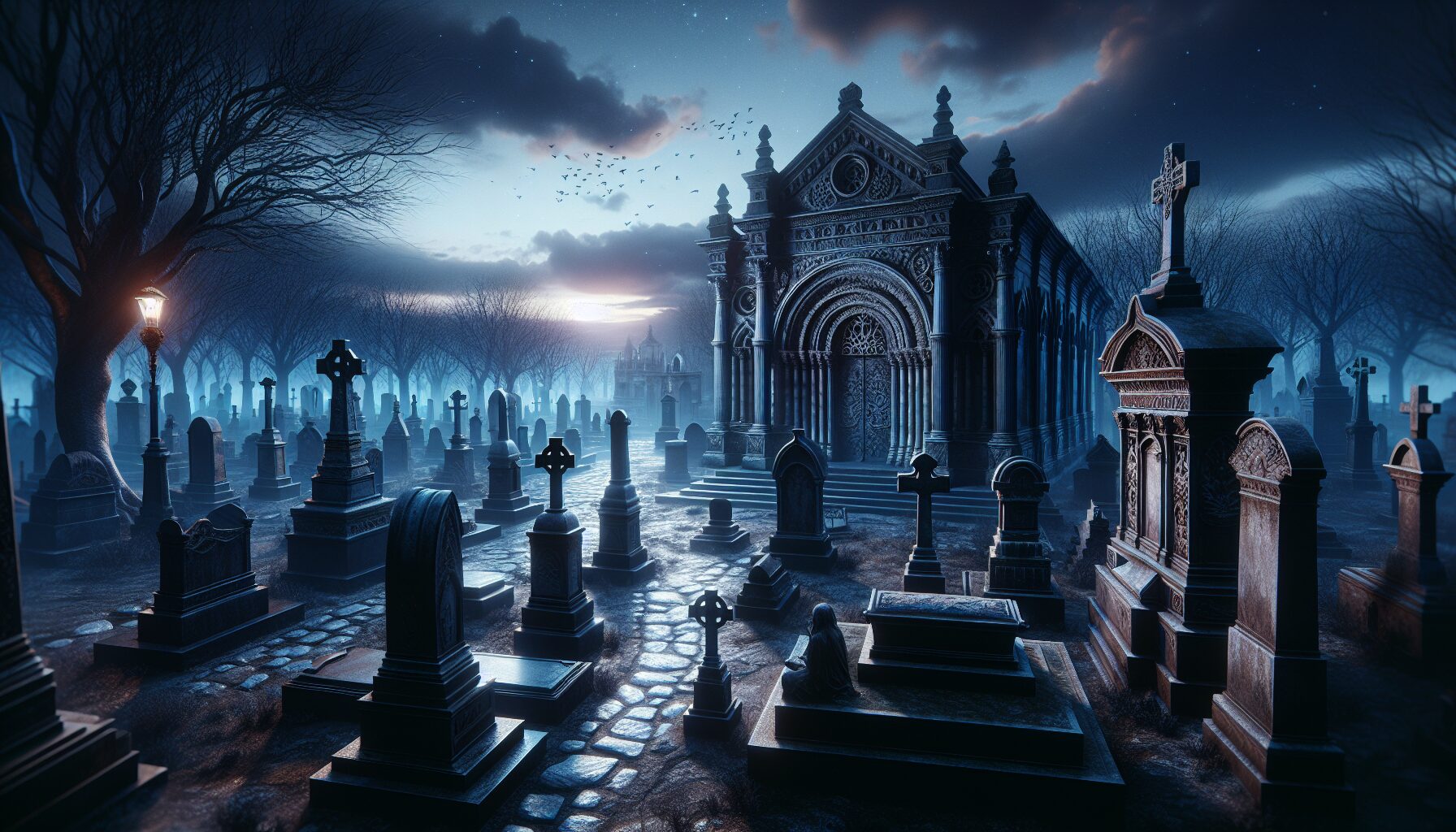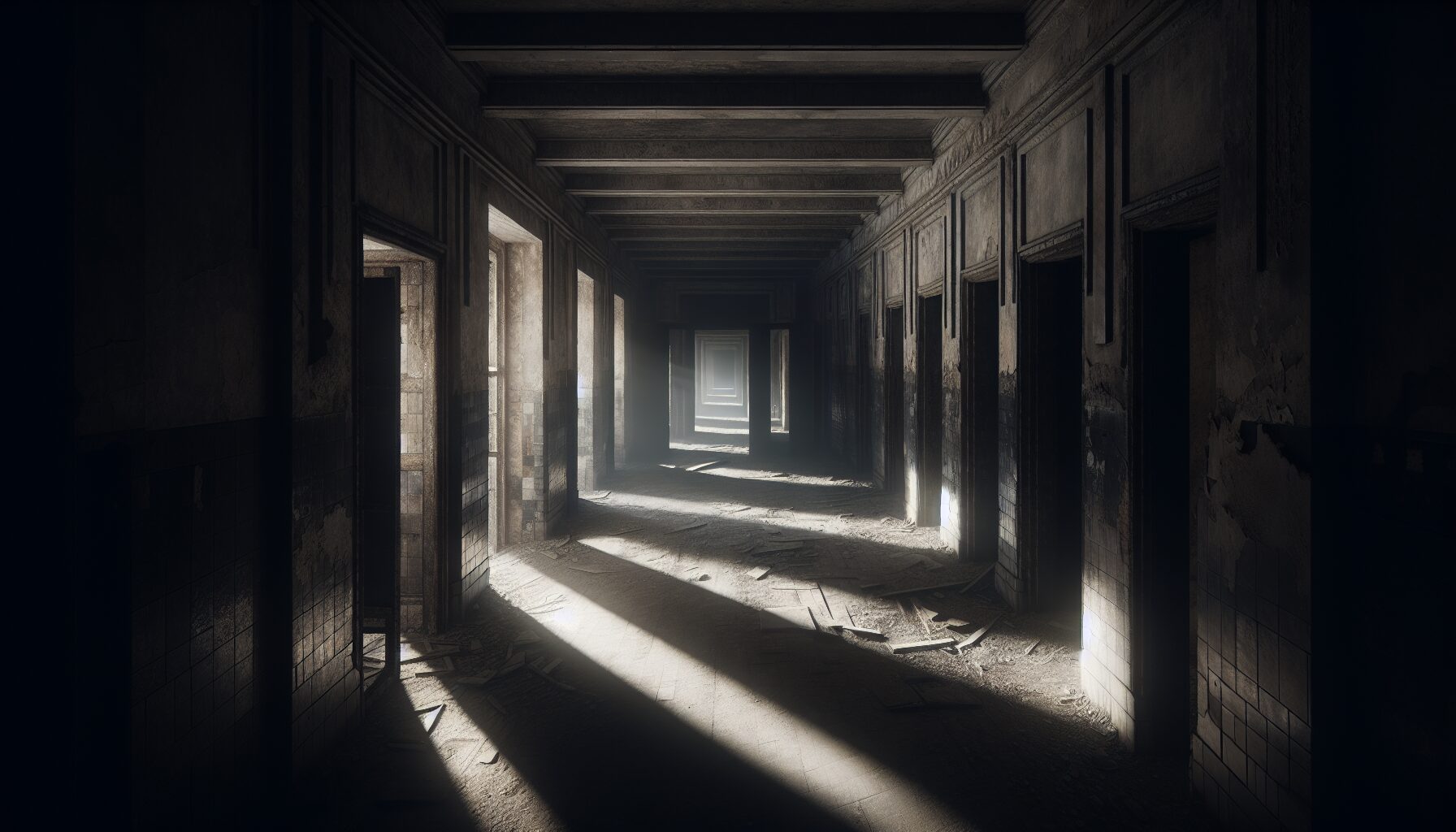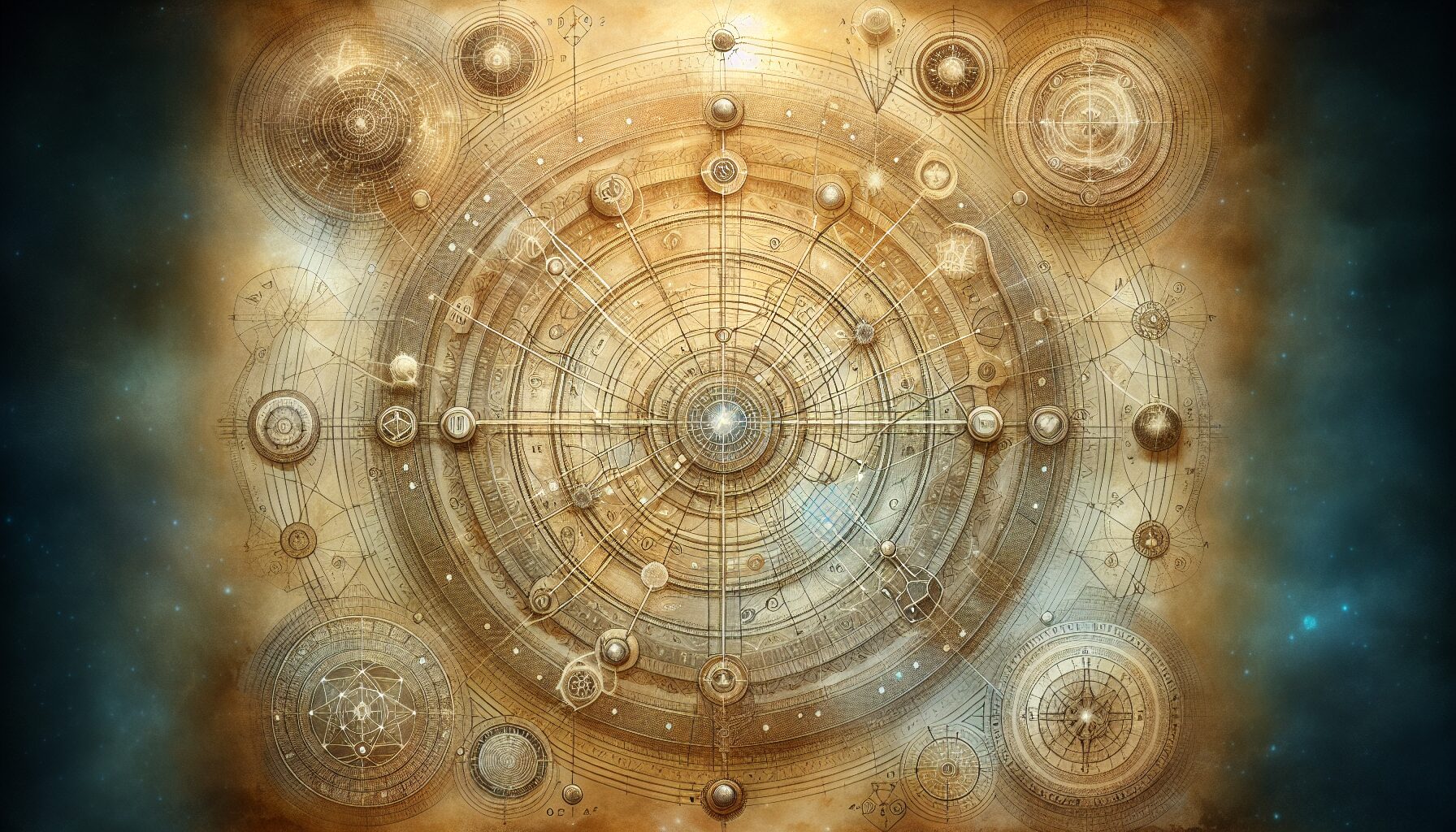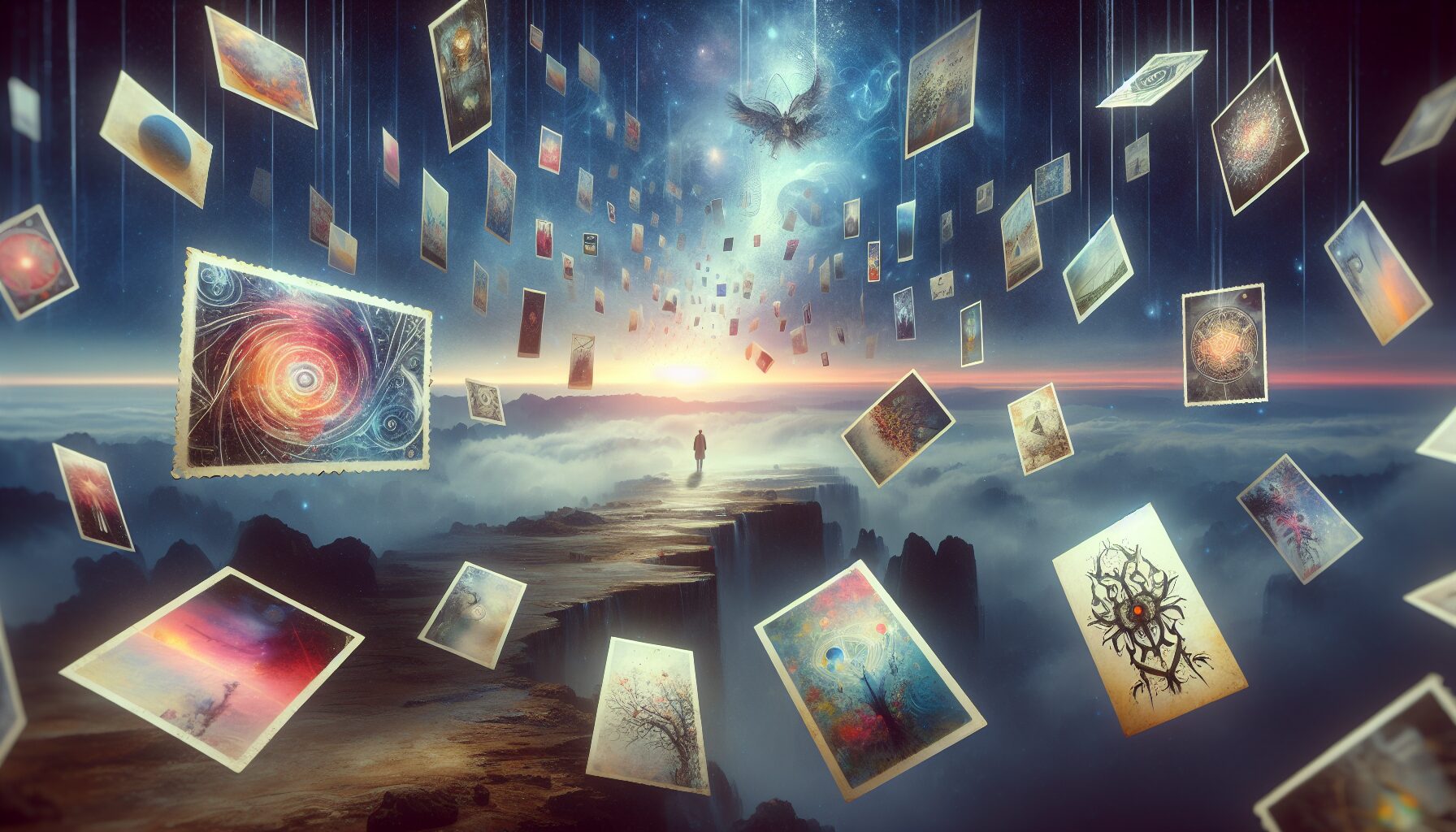Primordial Archetypes: Patterns of Collective Memory
Throughout human history, certain themes, symbols, and characters recur across cultures, civilizations, and epochs, suggesting the presence of primordial archetypes—universal motifs and figures etched into the collective memory of humankind. These archetypes find expression in myths, legends, and artistic traditions, acting as a bridge between past and present, the individual and the collective.
The Concept of Archetypes
The term “archetype” was popularized by Carl Jung, a Swiss psychiatrist and psychoanalyst who founded analytical psychology. Jung perceived archetypes as innate, universal prototypes for ideas and may be used to interpret observations. According to Jung, these archetypes reside in the collective unconscious, a part of the unconscious mind shared among beings of the same species, and they serve as a repository of all human experiences and knowledge.
“Archetypes, like instincts, are the unconscious images of the instincts themselves, in other words, they are the patterns of instinctual behavior.”
— Carl Jung
Common Archetypes and Their Significance
Among the plethora of archetypes, some of the most enduring and significant ones include:
- The Hero: Embodying strength, courage, and a quest for justice. Heroes often undertake great journeys or battles. Examples include figures like Hercules and King Arthur.
- The Mother: Representing creation, nurturing, and unconditional love. This archetype is seen in figures like Demeter from Greek mythology or Gaia, the Earth Mother.
- The Trickster: Characterized by mischief, cunning, and the desire to subvert norms. This archetype is found in deities such as Loki in Norse mythology and Hermes in Greek mythology.
- The Shadow: Represents the darker aspects of the self and is often associated with the unknown or repressed parts of the psyche. Figures like the Jungian Shadow represent this archetype.
Impact and Importance
The significance of archetypes lies in their ability to resonate on a deep psychological level, elucidating the shared motifs and experiences that unite humanity. As we navigate the complexities of modern life, these timeless symbols offer insights and guidance that transcend cultural and temporal boundaries.
More than just relics of past cultures, primordial archetypes continue to evolve, echoing through literature, art, and film, continually adapting to reflect contemporary societal concerns, yet always reminding us of our shared human journey.
For further exploration on archetypes and their implications, Carl Jung’s work remains a cornerstone. Modern interpretations can also be found in various psychological and literary analyses, underscoring their enduring relevance in understanding human behavior and cultural phenomena.
To delve deeper into the realm of archetypes and collective memory, consider exploring Simply Psychology’s overview of Carl Jung’s theories.
